Dana
The structure of the letters in the Dana typeface is designed using a combination of straight lines and circular shapes, with minimal use of freeform curves.

To preserve the essence of calligraphy and enhance fluidity, the vertical alignment in the Dana typeface is slightly tilted, avoiding the use of strict vertical lines in letter construction.





Variable fonts
Variable fonts are primarily used in web design, offering a single font file to meet all requirements.
The Dana variable font is just 120 KB, featuring 13 weights, Persian numerals, and more—an ideal choice for improving website loading speed and visual appeal. This version of the Dana font includes two variable axes: weight and width.
Weight: This axis controls the stroke thickness, with values ranging from 10 (Hairline) to 990 (Fat).

Kashidah: This variable can extend words, with a value range from 0 to 100.


Thinner than a hair!
The thinnest weight in the Dana font family (Hairline) is designed for display purposes. Ultra-thin weights are best suited for large sizes and not for small text.

Beyond black!
Due to the frequent use of bold fonts in mobile poster design (e.g., Instagram covers and stories), Dana’s letterforms are crafted with enough thickness to ensure readability at smaller sizes.


The Dana font provides compressed variations of the word "ریال" for your use.

Precise arrangement of dots and notches.
In the Dana typeface, each notch adjusts its dot placement according to the surrounding letters, ensuring optimal harmony and aesthetic balance in word composition.





In the Dana (Pro) font package :
Main Fonts: 13 weights, Available in TTF and OTF formats.
Web Fonts: WOFF and WOFF2 formats, along with CSS code.
Variable Font: 2 axes (weight, width).
Moslem Ebrahimi, an experienced graphic design professional specializing in Persian typography since 2009. Early in his career, he was dedicated to teaching typography design at the university level. Subsequently, he shifted his focus to establishing the FontIran website, where his efforts were redirected to the publication and marketing of Perso-Arabic typefaces. Between 2014 and 2017, Ebrahimi's typefaces underwent a significant transformation, playing a pivotal role in shaping the typographic landscape for Persian web and software design. The launch of FontIran Foundry marked a successful advocacy for voluntary copyright adherence in the realm of Perso-Arabic typefaces, addressing challenges related to sales and income for type designers. . Ebrahimi's impactful contributions have left a lasting impression on the field, influencing the culture of Perso arabic typography and providing solutions to challenges faced by fellow type designers.
Shahrzad Akbari, born in1991, holds a bachelor's degree in software engineering. Shahrzad has experience in programming with various languages and has also been involved in content creation and design for several startups. After becoming acquainted with "font development" as a tool to combine art and the science of programming, she developed an interest in this field and has been actively engaged in it.





























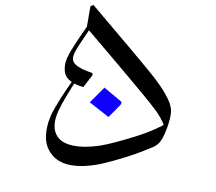






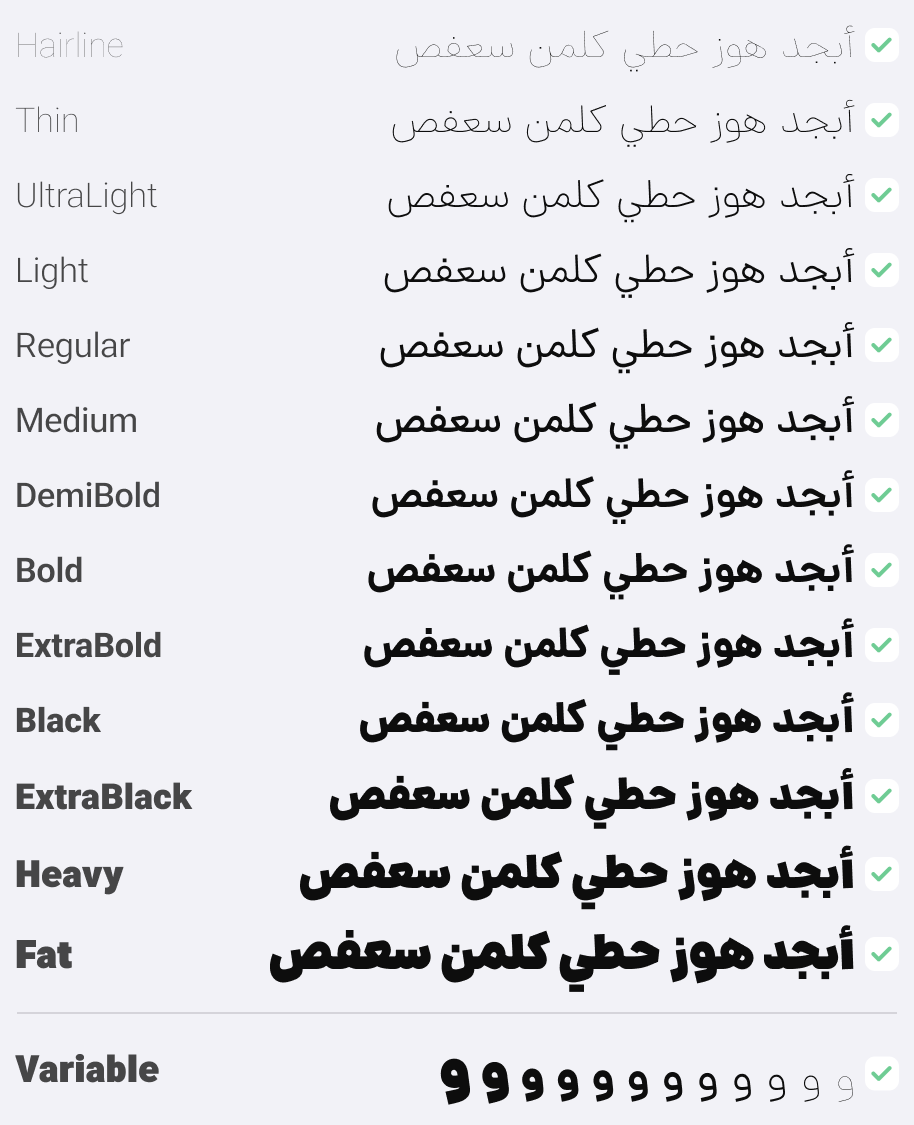
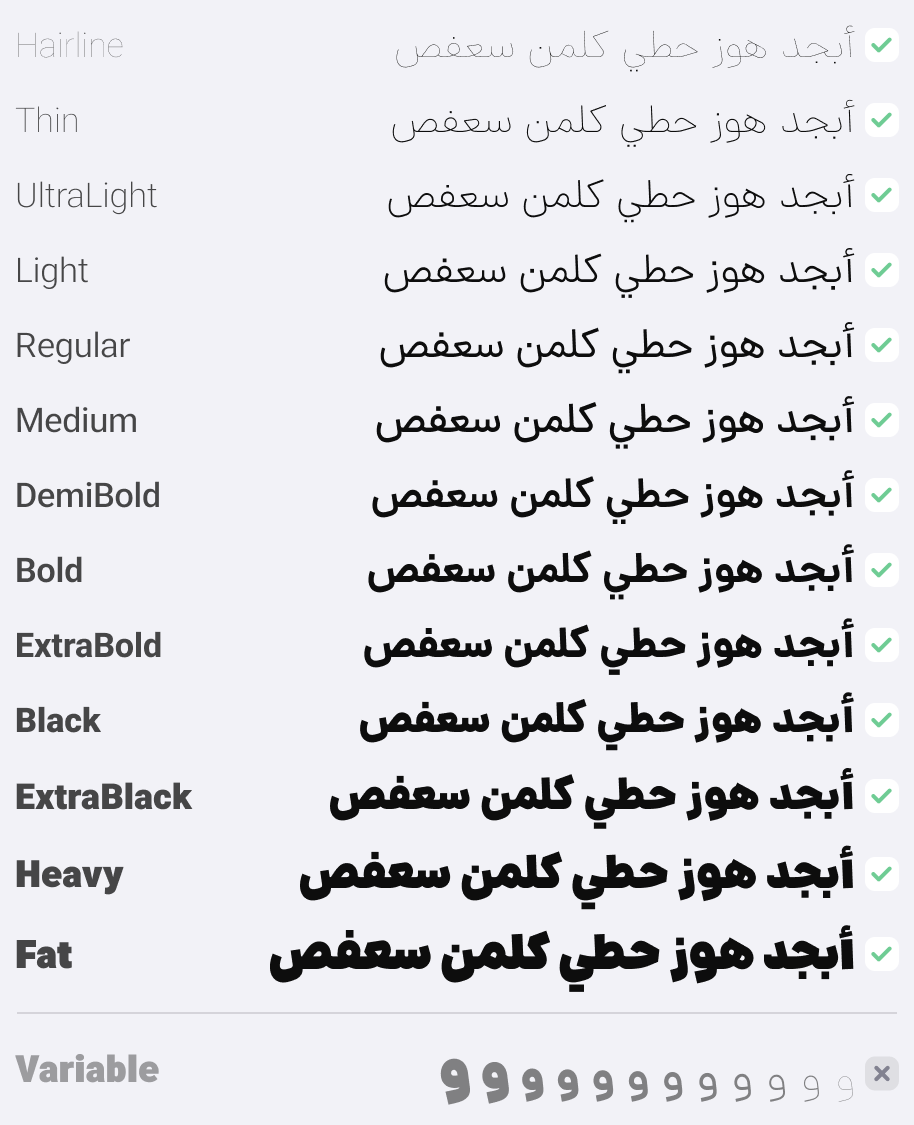
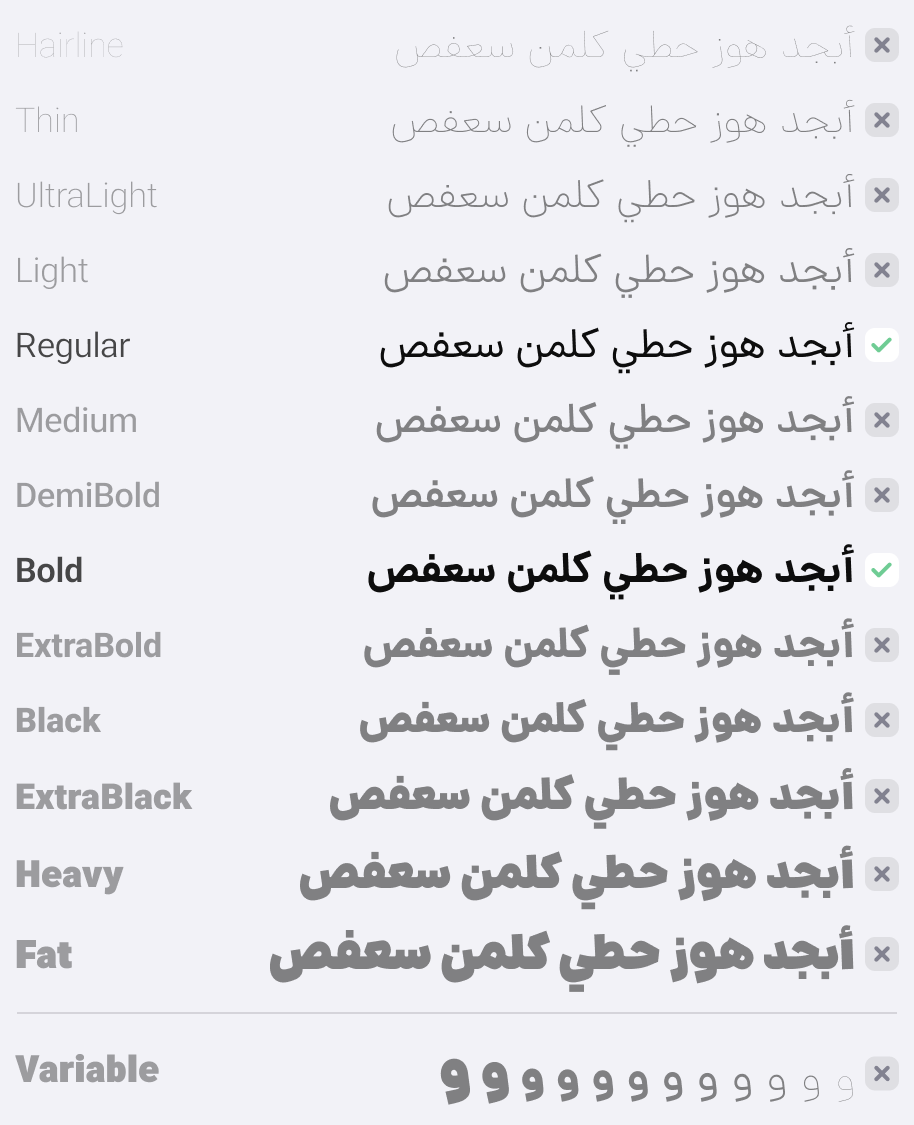
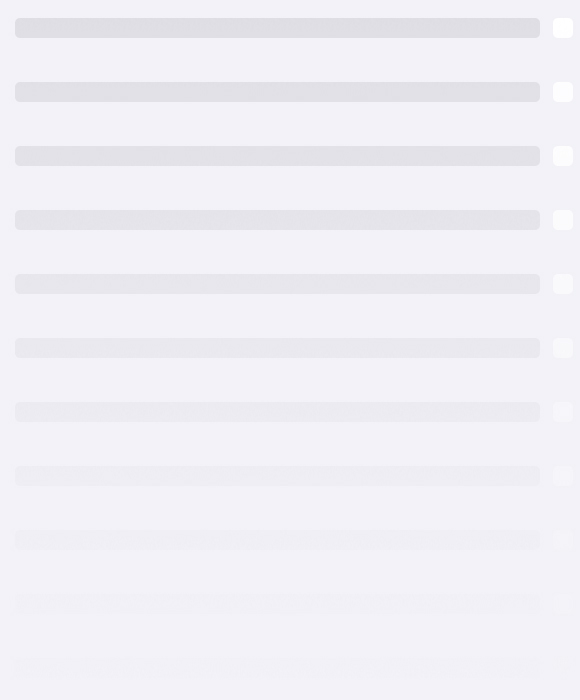




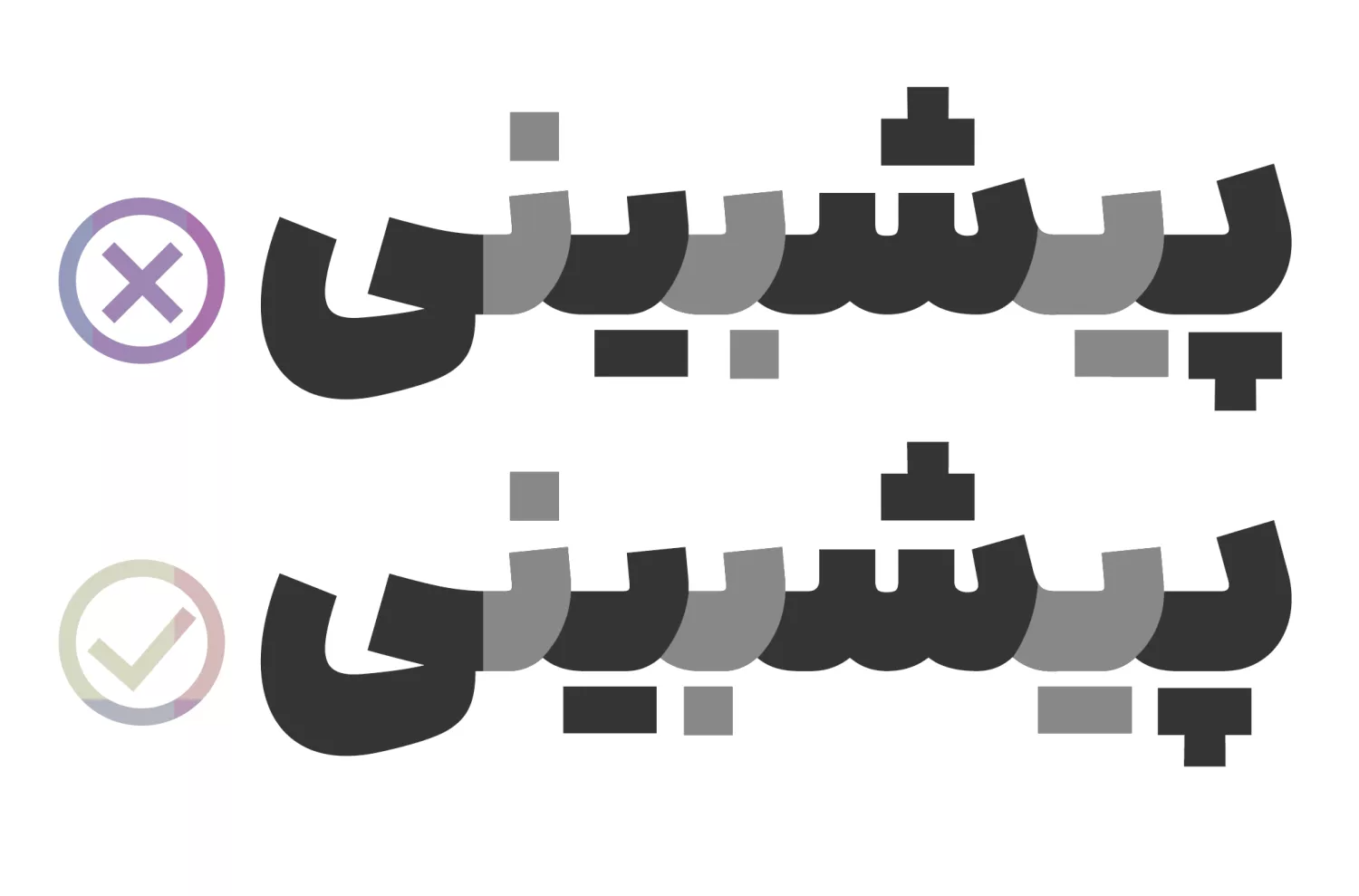

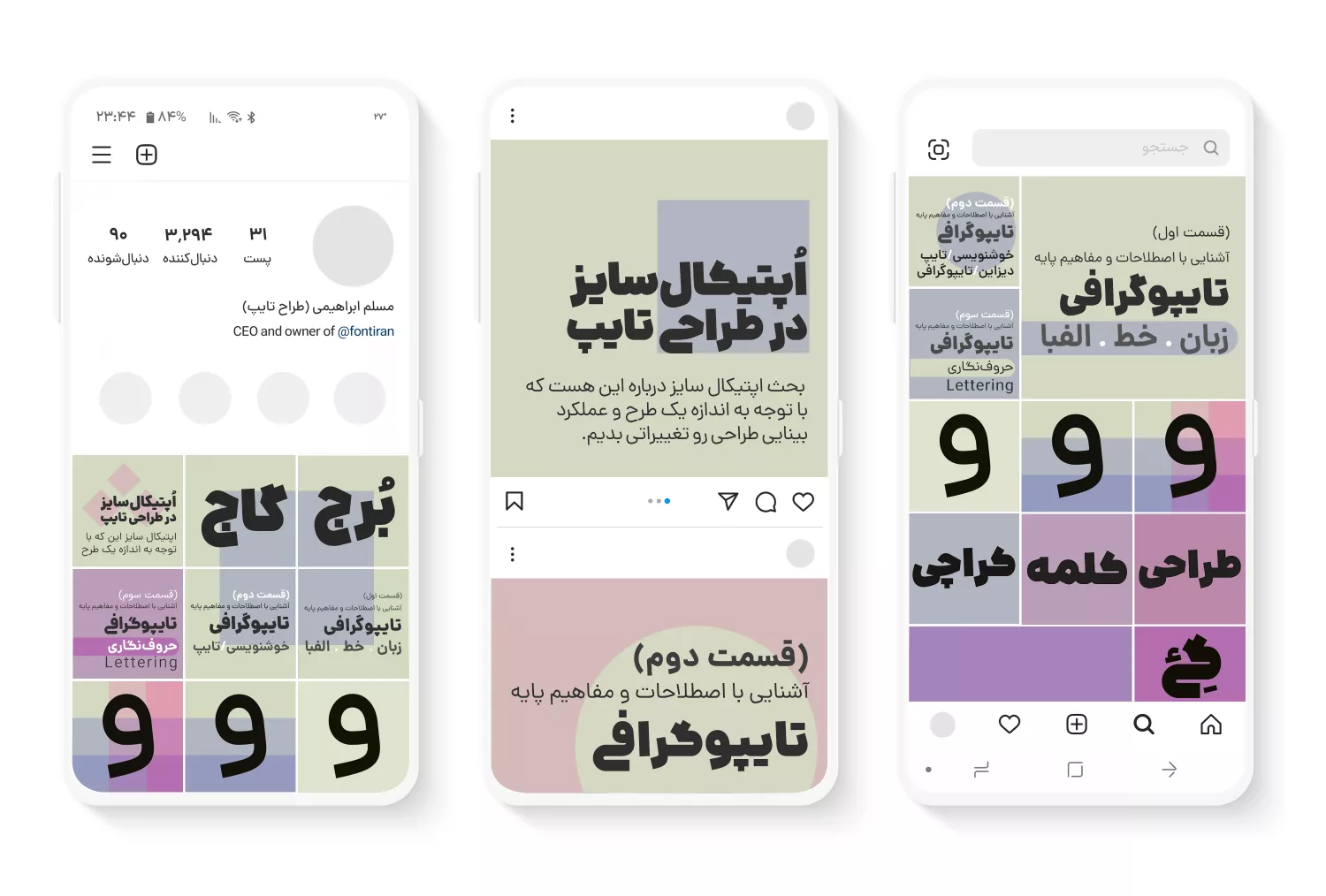
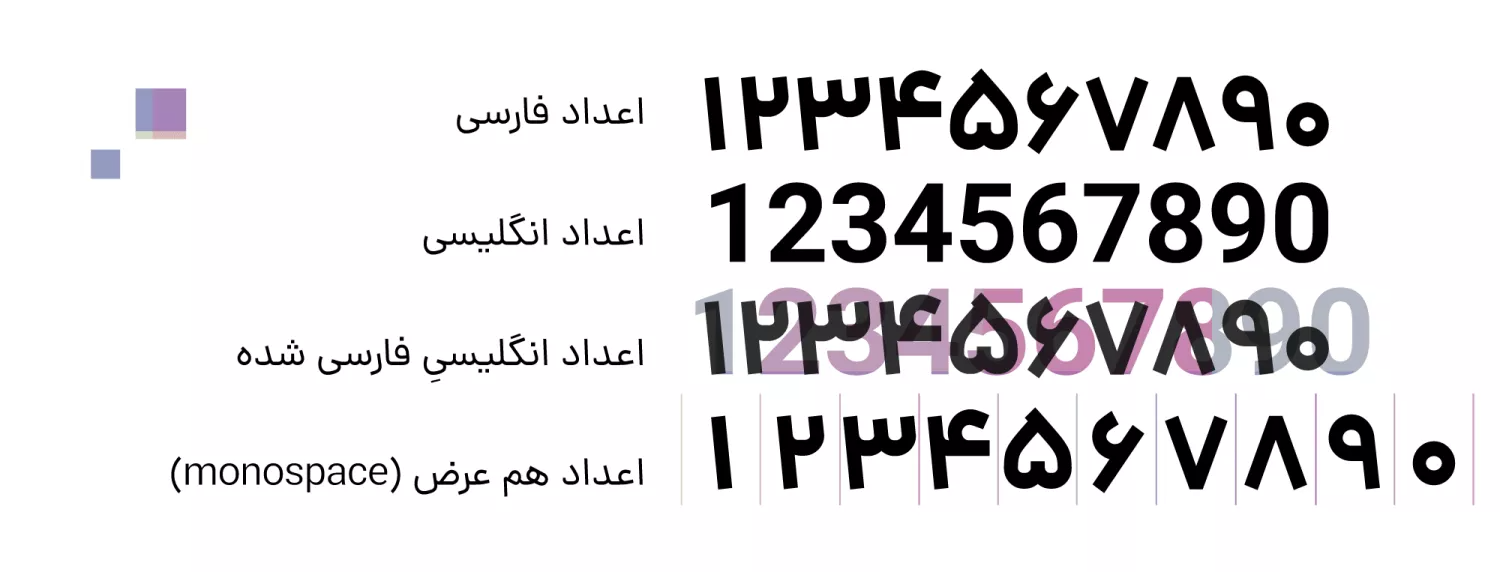
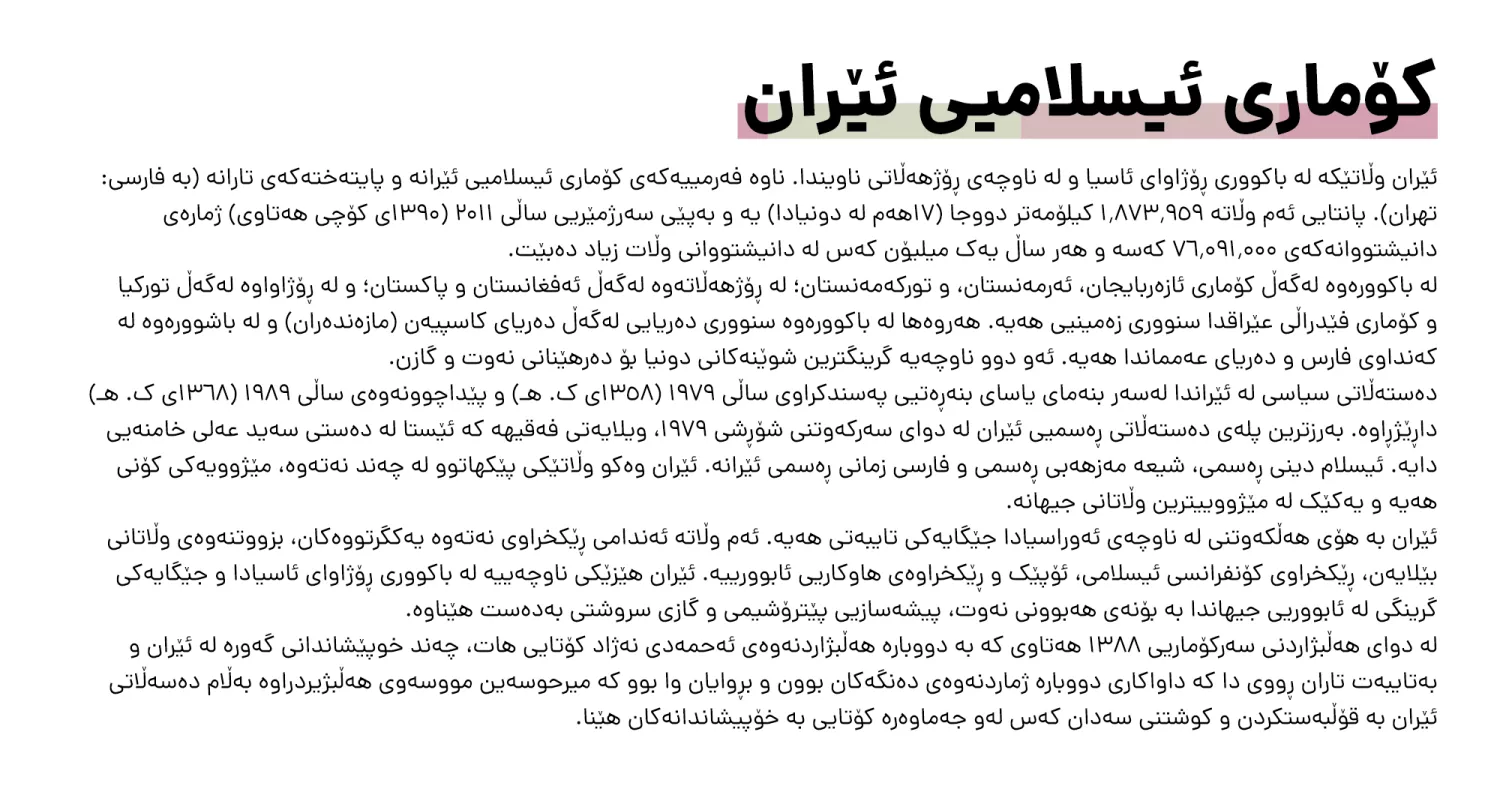

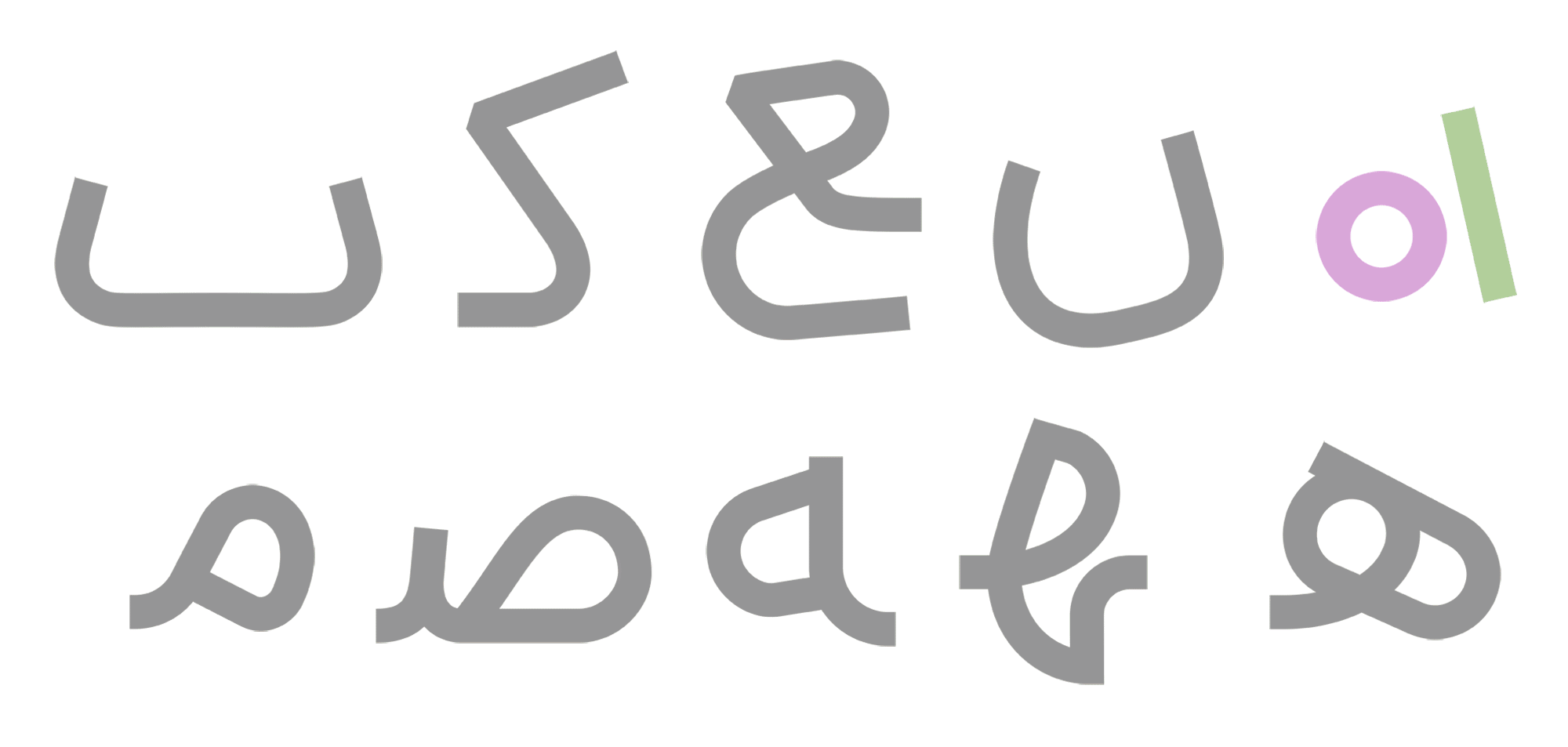
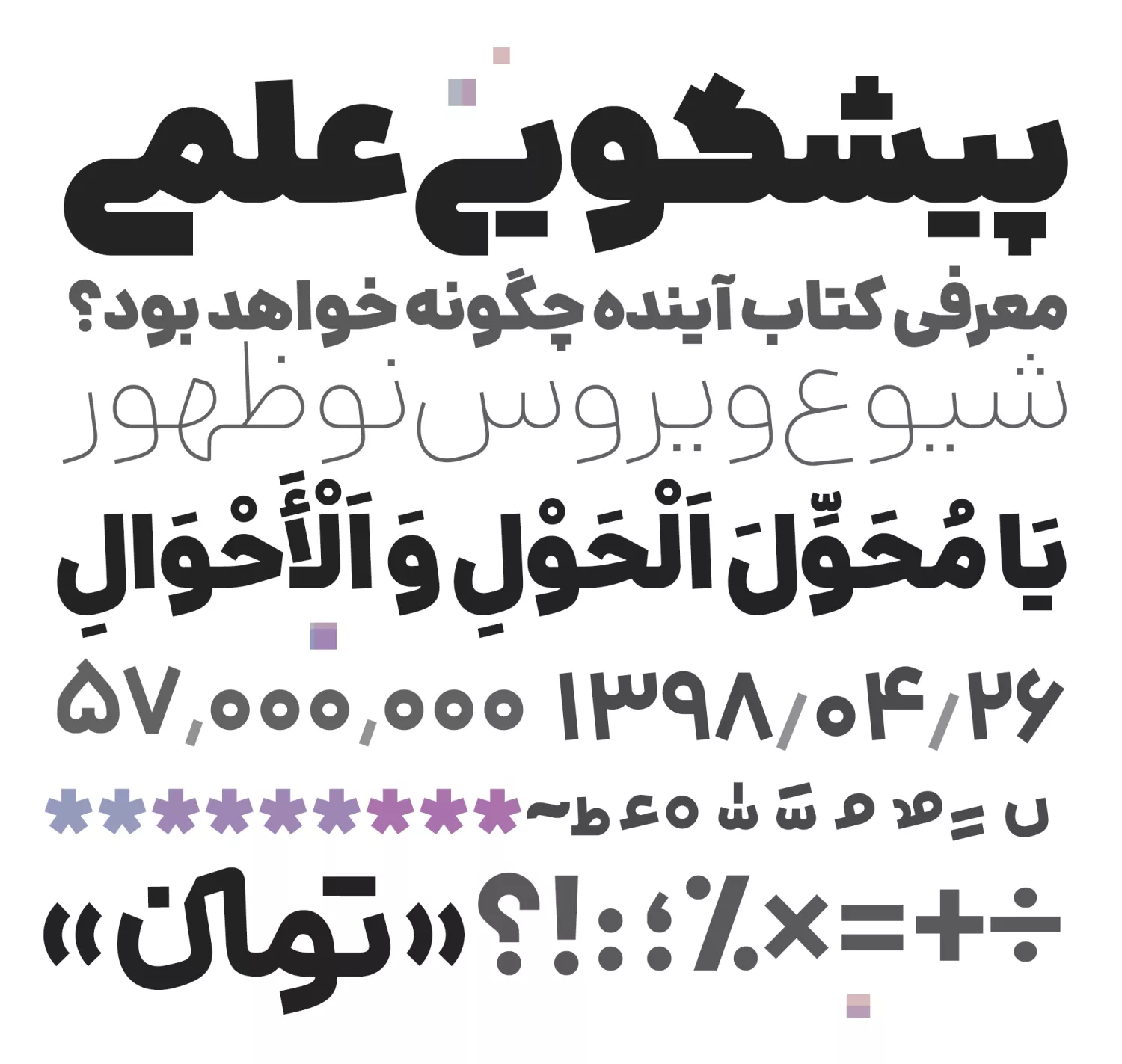

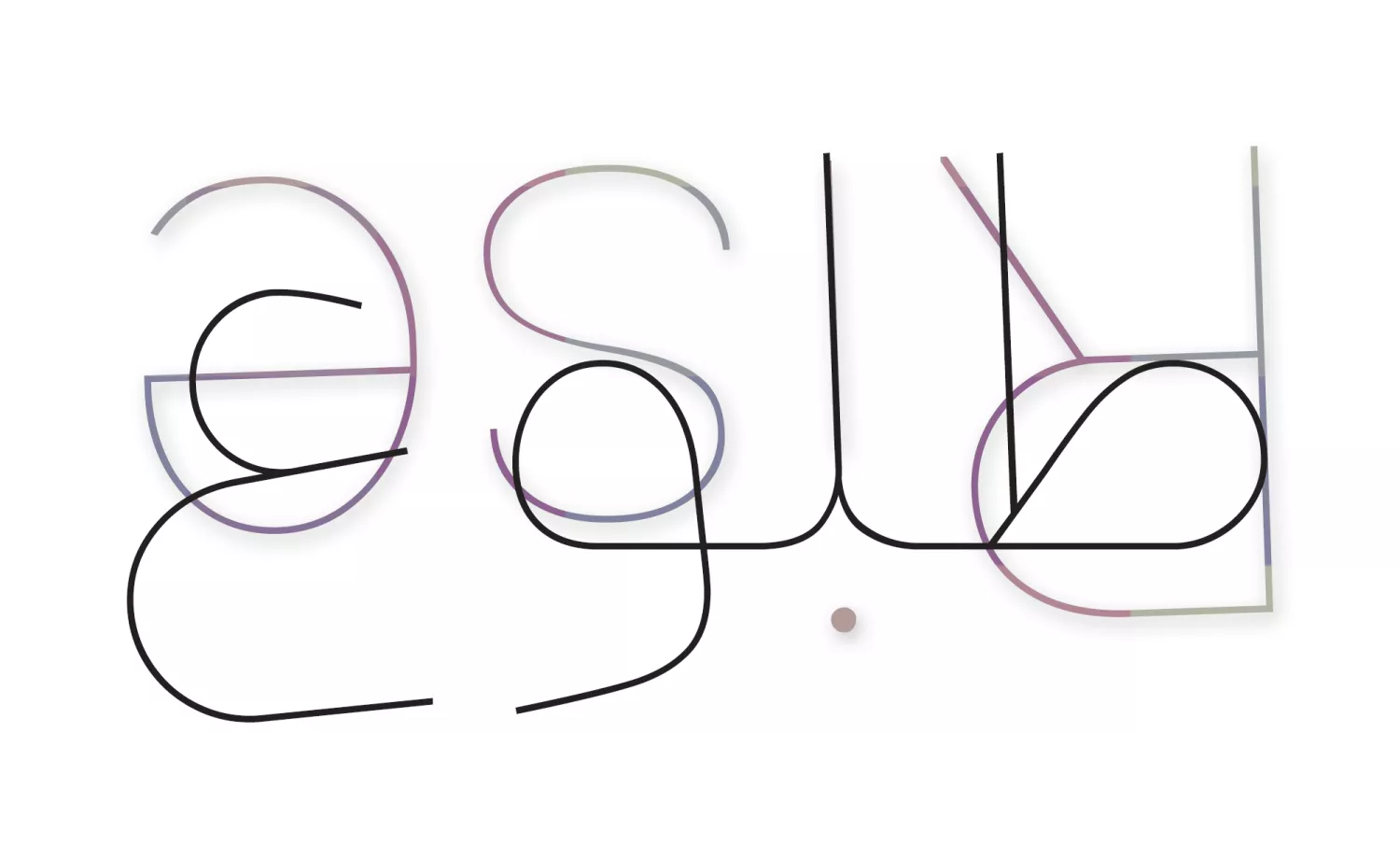
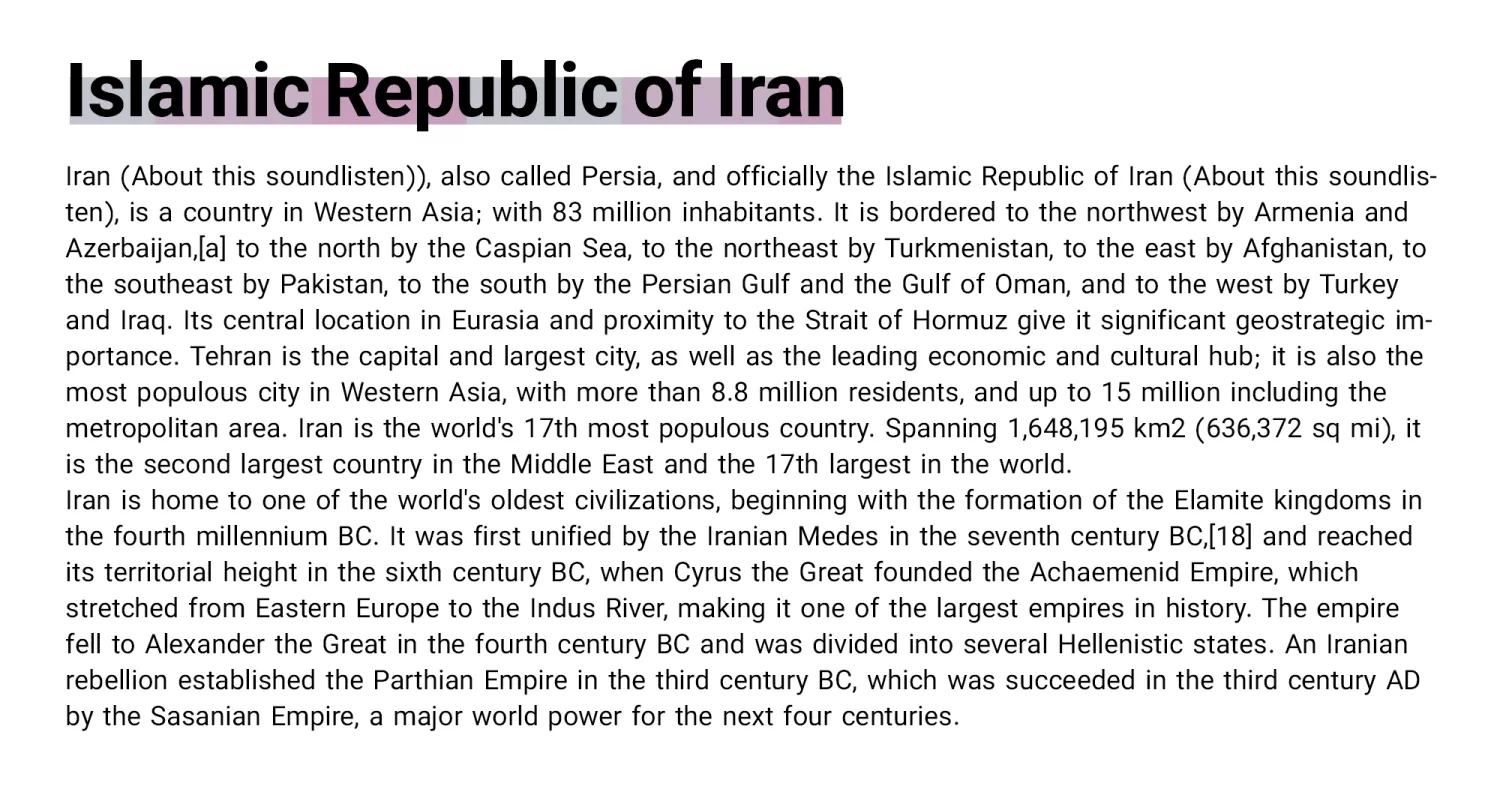
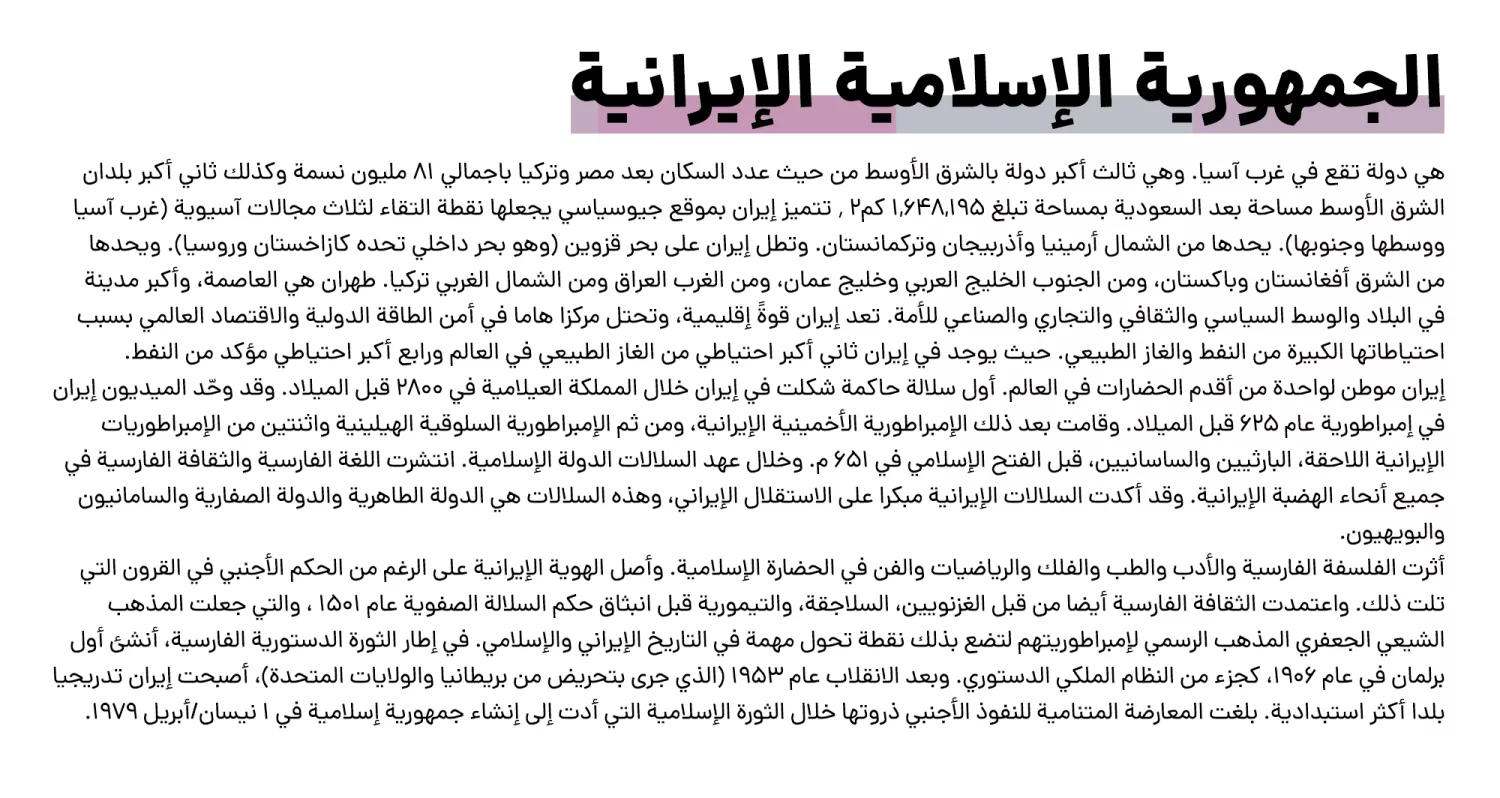
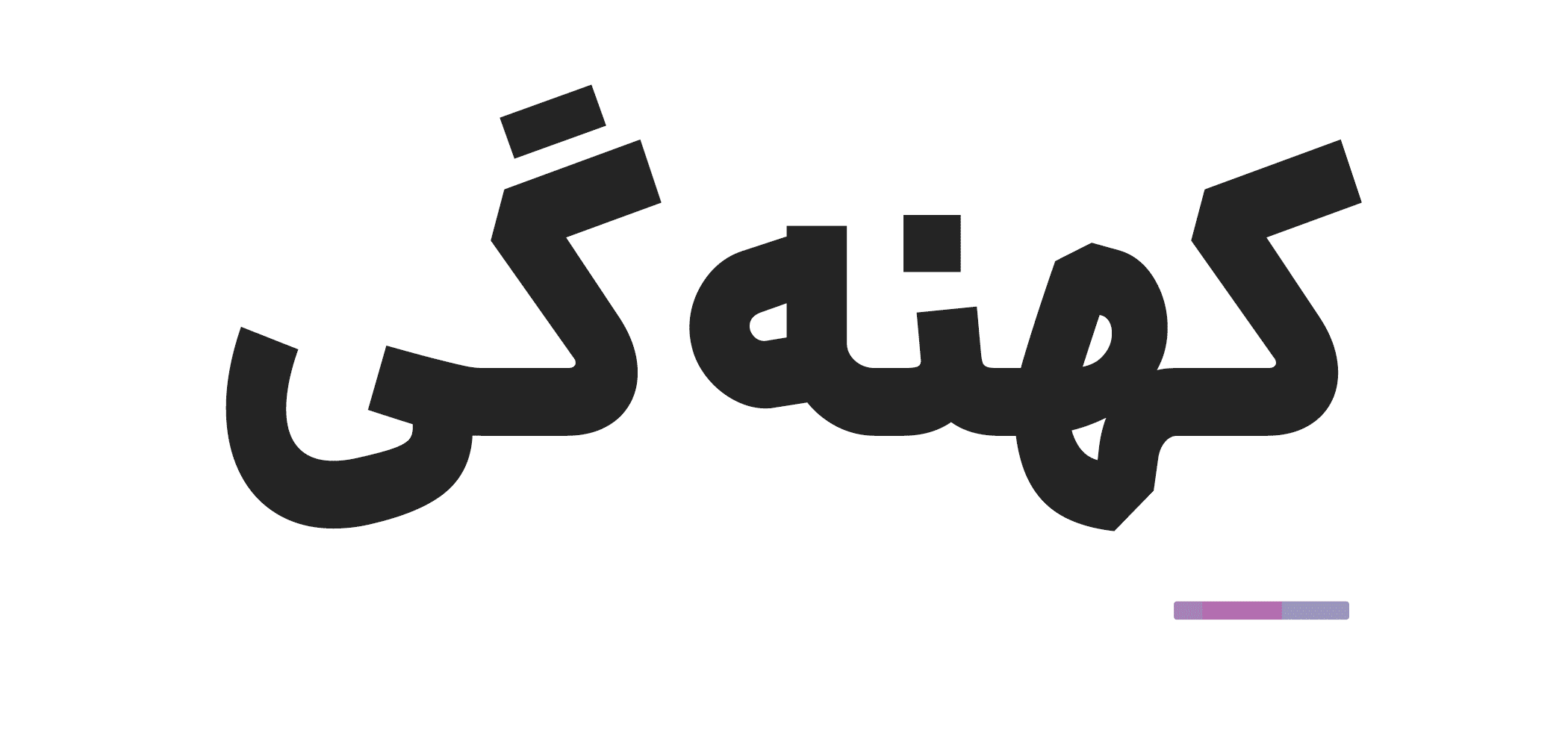









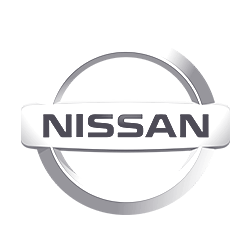





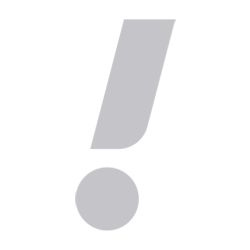


Comments
Frequently Asked Questions